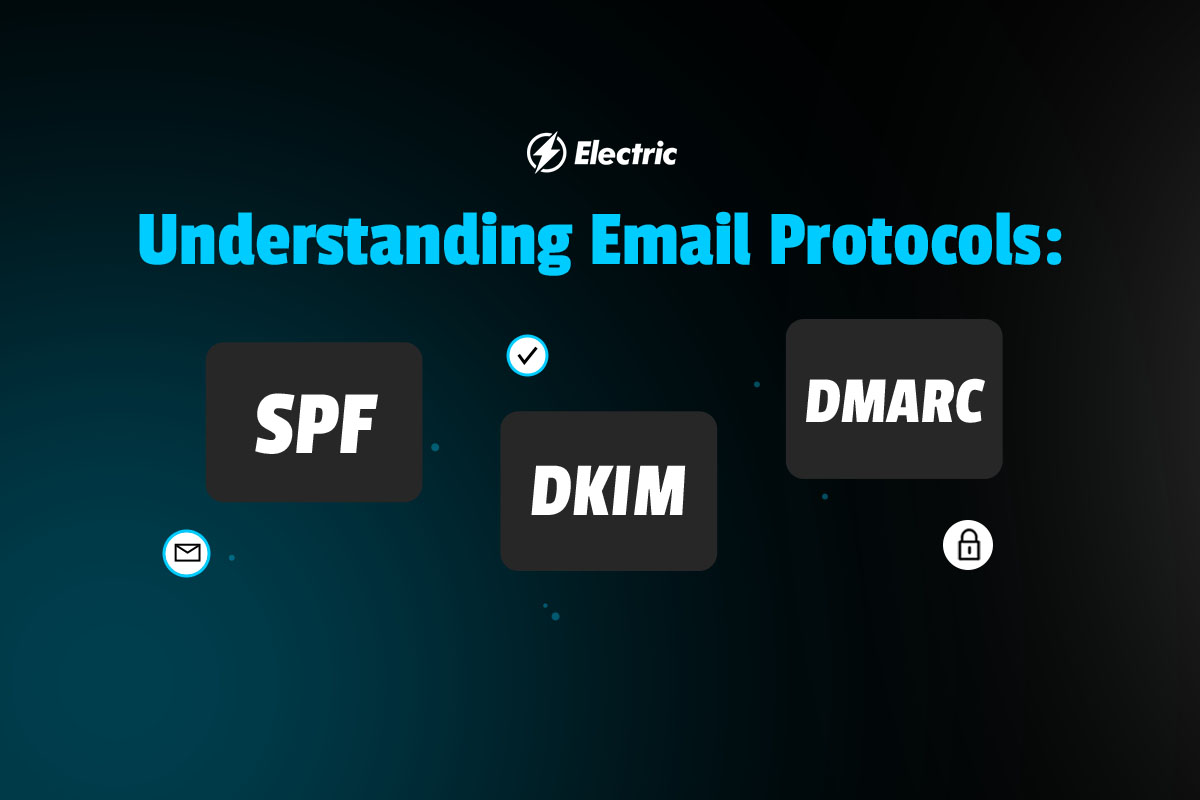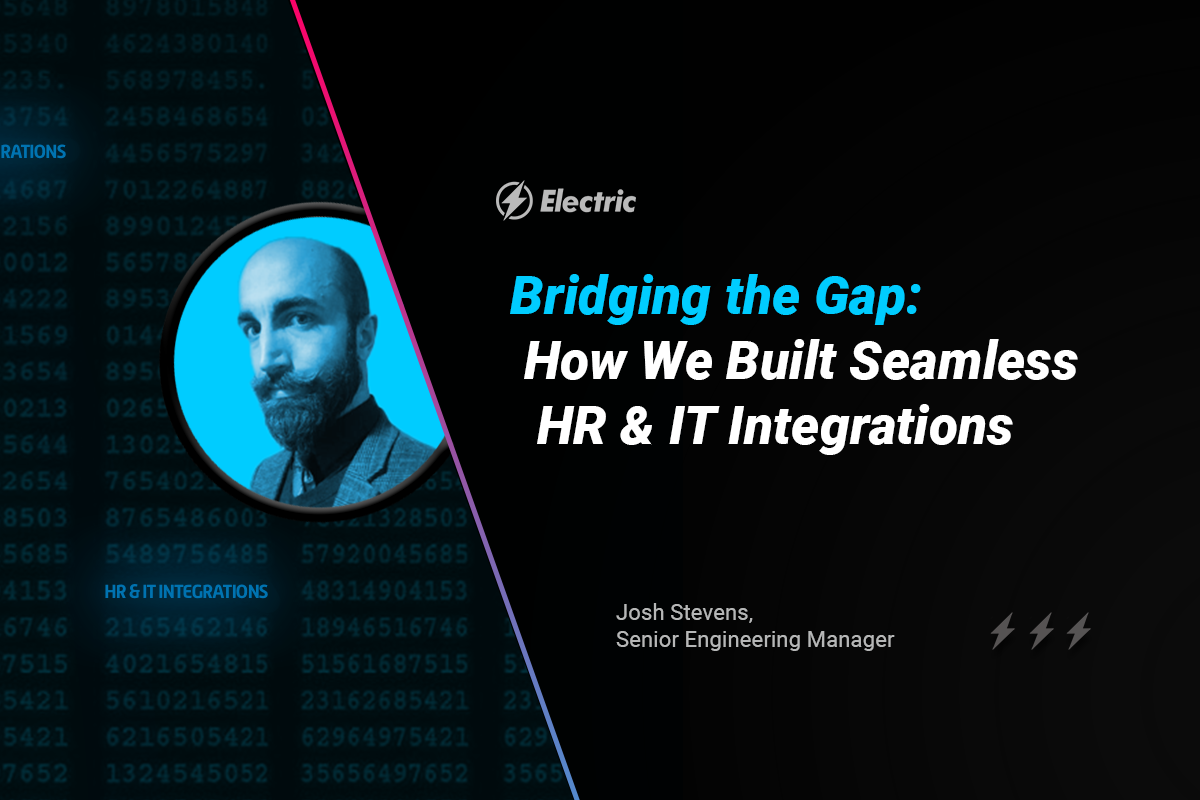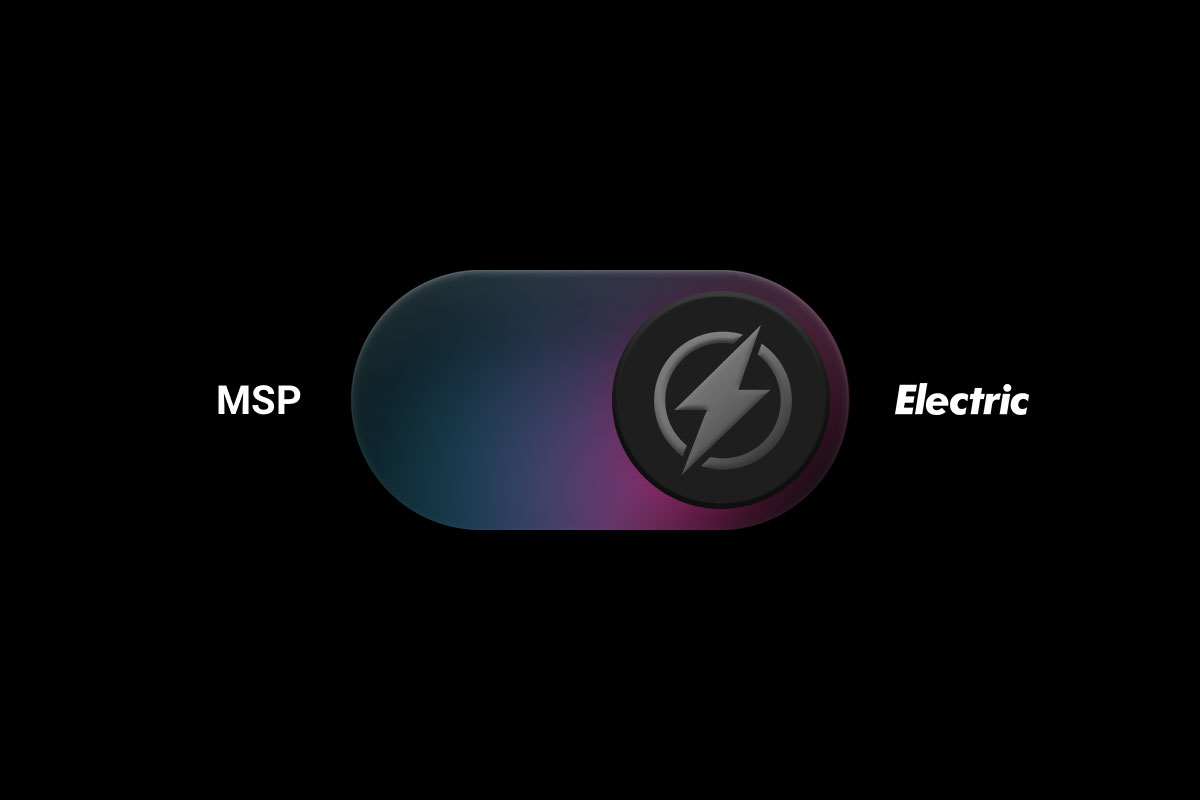
According to CGI, its Security Operations Centers experienced a surge of about 30,000% rise in cyber threats, including phishing emails, in 2020. This is one trend proving that several industries are facing anonymous email security threats annually. Besides, the pandemic increased email usage by 86%, which saw more and more organizations, institutions, and individuals being harmed by email-borne attacks.
Email protocols tend to offer email security solutions against external interference and ensure the protection of crucial data. With various email protocols deployed in the past year, three of these protocols emerged as the most used: SPF, DKIM, and DMARC. However, understanding, differentiating, and configuring this trio of email security protocols remains a challenge.
This post will discuss SPF, DKIM, and DMARC email security protocols: why you need them, and their limitations.
What Is SPF?
SPF, which stands for Sender Policy Framework, is an open standard email validation protocol that identifies and blocks email spoofing. SPF is a critical email security component that reveals the origin of messages using the IP addresses of particular data centers. Mail exchangers use SPF email protocols to verify if the administrator authorized incoming mail from individual domains.
The central role of SPF email security is to detect and prevent sender fraud, making it a valuable email protocol. In general, it prevents providers and organizations from receiving fraudulent emails from unauthorized sources. A reliable SPF email protocol allows recipients to use legitimate IP addresses to quickly verify emails from authorized domains.
In addition, SPF email security is a TXT record email protocol primarily used to prevent impersonation attacks, making it a perfect solution against social engineering, spam, and phishing attacks. Although it is a crucial email security protocol, SPF remains intricate to set up and deploy because it takes time to verify. Besides, it is not designed to protect against compromised domains, sites, and accounts.
What Is DKIM?
DKIM, which stands for DomainKeys Identified Mail, is another TXT record email protocol that effectively authenticates domain name identity using public-key cryptography. It is designed to generate public and private key pairs to ensure email servers and communications are authorized. A DKIM check lets organizations and providers take responsibility for each outgoing message, ensuring the safety of all received emails. And with each message carrying an independent identifier such as author’s From, recipients can quickly validate authorization.
In general, DKIM checks offer email security that protects the message against any threats and ensures it has not been tampered with while in transit. This makes each received email message be trusted whether it is associated with a single domain or multiple domains. Organizations and recipients also get the option of allowing messages from trusted senders to enter their inboxes.
With the DKIM email protocol, the domain of all received emails is owned by the sender or authorized by the domain’s owner. This helps ensure the message is not compromised, including while in transit, until it is received. Like SPF, DKIM is intricate to deploy, does not protect against compromised sites, and is slow to verify.
What Is DMARC?
DMARC stands for Domain-based Message Authentication, Reporting, and Conformance. DMARC email protocol combines SPF and DKIM email protocols into a single framework to verify if the email sent by the domain is precisely what the recipient sees. The protocol includes a consistent set of policies to associate the sender’s domain name with the one listed on the header: None, Quarantine, and Reject.
None policy treats all sent emails from a particular domain as equal, although it lacks a DMARC check. On the contrary, the quarantine policy allows the recipient’s server to receive the message away from the inbox, usually delivered to the spam folder. Reject policy discards the message altogether by preventing it from entering the recipient’s inbox. Besides, DMARC email protocol accompanies better reporting back features from mail recipients than any other email protocol.
With DMARC email security, senders and recipients work jointly to create more secure communication through email by incorporating an “identity check” for all received messages. Besides, DMARC checks are considered the most effective anti-phishing and anti-spoofing email security. Although it allows domain administrators to specify how the email would be treated, it remains intricate to configure and deploy. At the same time, many organizations fear losing important emails once they embrace this protocol.
Why You Need Email Security Protocols
According to Verizon, about 90% of malware attacks occur via email. Phishing, impersonation, Business Email Compromise (BEC), and C-level scams emerge as common email-related threats faced by organizations and email recipients today. Besides, the FBI‘s Internet Crime Report shows that phishing and BEC attacks are the most destructive cyberattacks, with estimated losses of about $1.7 billion in 2019 on BEC alone.
Since SPF, DKIM, and DMARC are designed to help detect and prevent email scams and other attacks, organizations and recipients can use these protocols to ensure only legitimate emails enter their inboxes. Together, SPF, DKIM, and DMARC help prevent company domains from unauthorized usage, consequently lowering the rate of email fraud and scams.
Implementing the three email protocols also helps make emails look reliable and legitimate, ultimately improving delivery capabilities and visibility.Generally, email protocols play a critical role in ensuring email recipients are protected, and cybercriminals do not use company domains carelessly.
Limitations of SPF, DKIM & DMARC Email Security Protocols
SPF, DKIM, and DMARC email protocols have proven to be among the most effective instruments in providing the utmost protection against email fraud and scams. However, they accompany limitations when used individually or jointly to deliver email security as required. First, SPF or DKIM cannot work independently to deliver adequate security against email attacks. Instead, the two protocols must work together to deliver maximum protection.
To make these trio of email protocols effective, they must be integrated as a multi-layered security solution and managed by a provider. Furthermore, configuring and implementing these protocols is difficult for most organizations, including individuals. This means setting up any of these protocols requires the services of an expert provider to ensure proper implementation and prevent email fraud and scams.
Final Thoughts on Email Security Protocols
SPF, DKIM, and DMARC are essential email security protocols that offer maximum protection against modern email cyber attacks such as phishing and spoofing. With an effective email security strategy, organizations can quickly identify defense-in-depth approaches that facilitate email authentication and security. Although they have some limitations, they are a better choice to mitigate email cyber threats in your organization.
At Electric, we understand the impact of unencrypted emails and how spam and fraudulent messages can affect your company domain and reputation. As the world continues to navigate the complexities of the hybrid workforce, Electric is here to support your organization. Electric can work closely to help you push security policies and configurations that adhere to industry best practices across your entire company.



